Papua New Guinea Coffee Little Blue Mountain Coffee Bean Flavor Story Smart Cup Brewing course
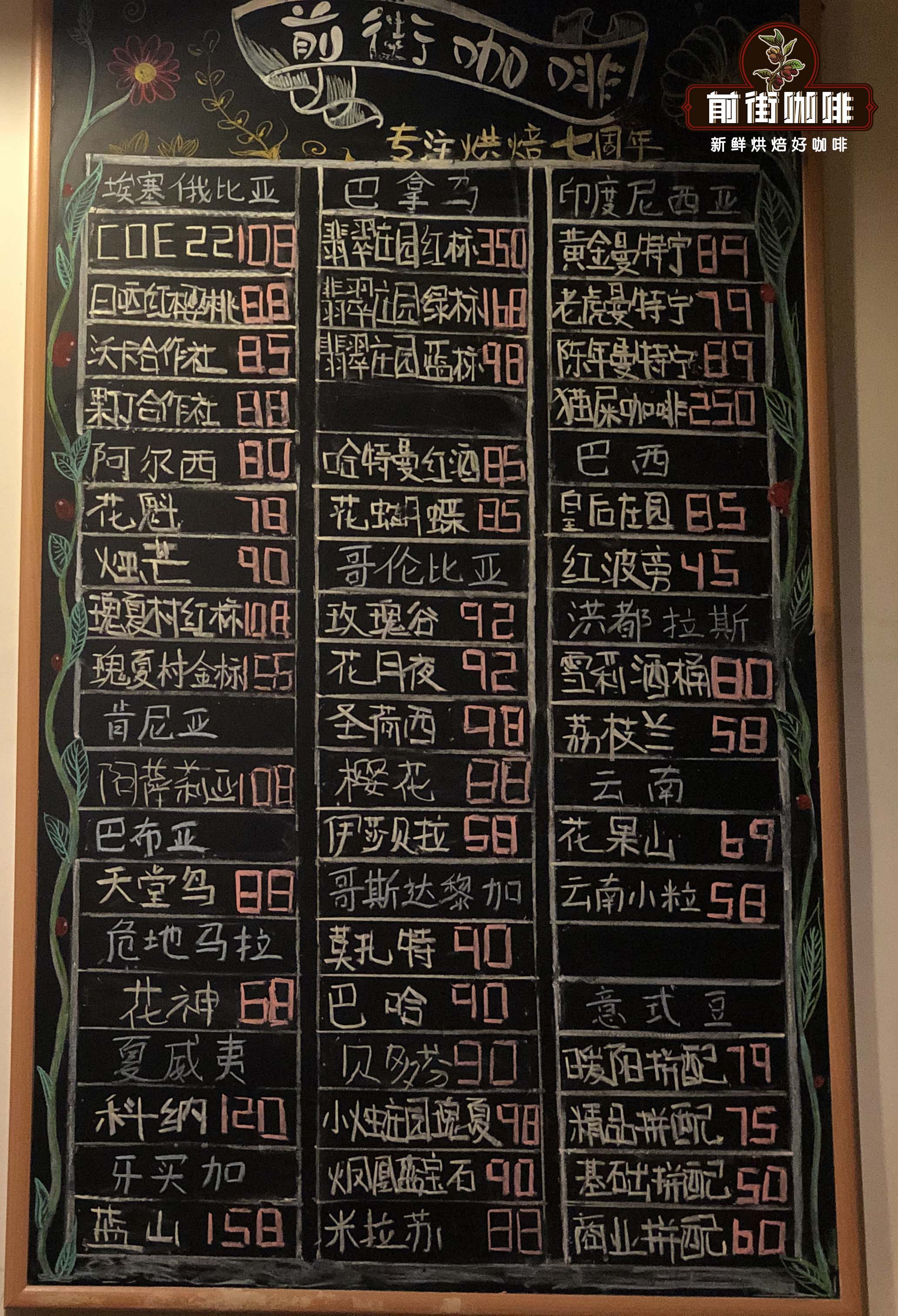
Professional coffee knowledge exchange more coffee bean information please follow the coffee workshop (Wechat official account cafe_style)
You may feel a little strange to the origin of Papua New Guinea coffee, but Qianjie believes that Papua New Guinea coffee is unique on the island, different from the neighboring country of Indonesia. Volcanic soil, rich rainforest environment, its bright, sweet and sour, flower and fruit flavor is similar to that of Central and South America. Papua New Guinea is located in the southwest Pacific Ocean, the circum-Pacific volcanic belt, the land belongs to volcanic geology, has a fertile soil, is an important natural condition for good coffee. Coffee is very important to Papua New Guinea and is the only cash crop in the highlands. 40 per cent or more than 2 million smallholder families in the country depend on coffee beans and are a very important source of livelihood. Qianjie coffee through the cup test, that Papua New Guinea coffee taste solid, but low acidity, clean flavor, and suitable for Asian coffee preference.
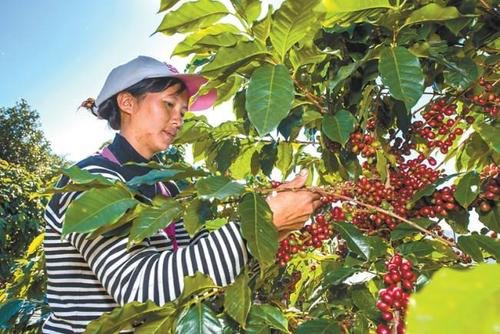
Papua New Guinea is culturally diverse, with more than 800 languages, and most highland tribes were not influenced by the West until the early 1900s. Commercial coffee was grown in 1920 after coffee seeds were imported from Jamaica (a Typica variety called the Jamaican Blue Mountains). In addition, the Arusha (Arusha) variety of this Bebe coffee is grown only in PNG.
Initially, most Papua New Guinea coffee beans were grown in 18 large plantations. But today, small farmers say 85% of the coffee in PNG is grown in the "coffee garden". These farmers live on their own farms and use coffee as a by-product. There are several to hundreds of coffee trees in their coffee garden. Papua New Guinea Coffee Industry Company (Coffee Industry Corporation) admitted that a large number of small farmer coffee has "excellent quality and excellent cupping characteristics", so it is favored by many overseas buyers.
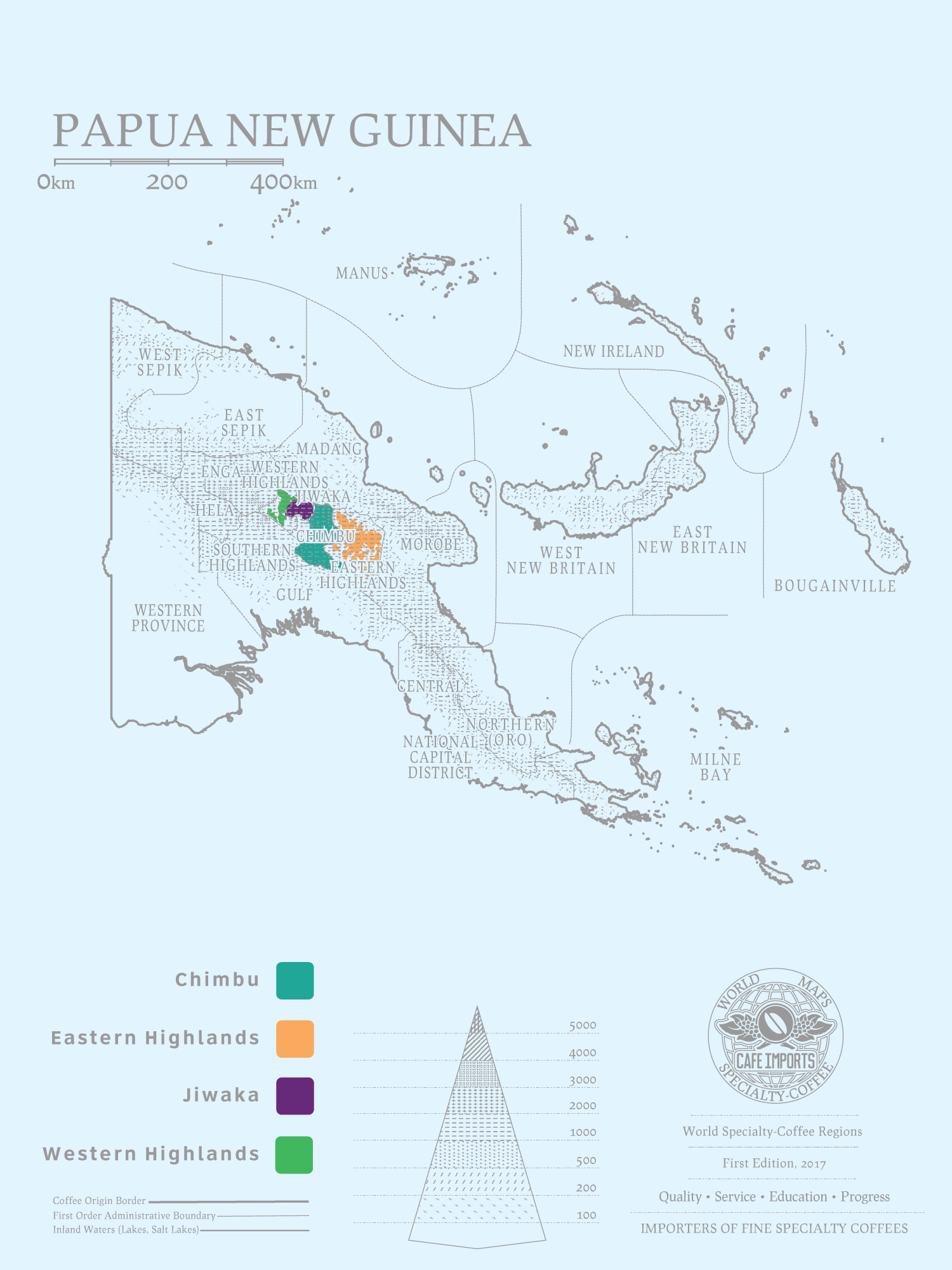
Production area introduction
Papua New Guinea coffee beans were first introduced by Dutch sailors in the late 18th century and thrived in the Rigo Rico region in 1892. In 1908, Papua New Guinea had 180 acres of land to grow coffee. By 1970, Papua New Guinea could produce 460000 bags of coffee; today, Papua New Guinea produces 90 to 1.2 million bags of coffee annually.
Papua New Guinea is mainly divided into four provinces, including the eastern Highlands, Momase, New Guinea Islands and Southern. Located in the east of the Indonesian archipelago, Papua New Guinea is mainly highland and has a model of large manors / farms and small farmers, growing a variety of coffee varieties. The flavor of Papua New Guinea coffee beans is very different from that of coffee from other Asian regions such as Indonesia, South Asia, India or the Pacific Islands. most of the semi-washed (wet stripped) Indonesian beans (Sumatra, Sulawesi) show low acidity, mellow texture and soil conditioning, and the washed Papua New Guinea coffee beans are always brighter.
Papua New Guinea Coffee Manor
Several of the more famous and popular varieties of Papua New Guinea coffee beans are the typical Arabica bean introduced from the Blue Mountains, the bourbon introduced from Kenya, the New World introduced from Brazil and Kaddura and Arusha from Tasania, there are also some modern hybrid varieties, or Indian Kent varieties. Famous estates include SIGRI in the western Wahgi Valley, KIMEL in the eastern highlands, AROKARA, GOROKA and ARONA in the eastern highlands. The coffee we try to brew below is officially from the bird of paradise at Siguri Manor on the front street.
Manor coffee in Papua New Guinea comes from larger farms and has more refreshing and exquisite cup testing characteristics. The palate is lighter than Java beans, with subtle aromas and complexity, sometimes with acid value and brightness comparable to the highest quality of coffee beans in Central America. A well-known American baker described the sun-dried beans in Papua New Guinea: amazing depth and diverse aroma. The coffee at Kimmel is bright, sour and fruity, while the coffee at Arocara is milder in balance and suitable for espresso.
Papua New Guinea Coffee grading
1. Number of items (Bean size)
2. Number of defects per kilogram (Totaldefect Equivalent per kg)
3. Bean type (Bean shape)
4. Raw bean color (Raw beanColour)
5. Raw bean aroma (Odour)
6. Baking (RoastingAspects)
7. Quality testing (cup quality)
* rating by defect: grade Grade, bean size Screen Size, with a total of 12 grades (for Arabica only)
AA > 18, A > 17, AB > 16, B > 16, C > 15, PB 11-14s, X mixed, E > 19, PSC > 15mm, Y1 mixed, Y2 mixed, T mixed
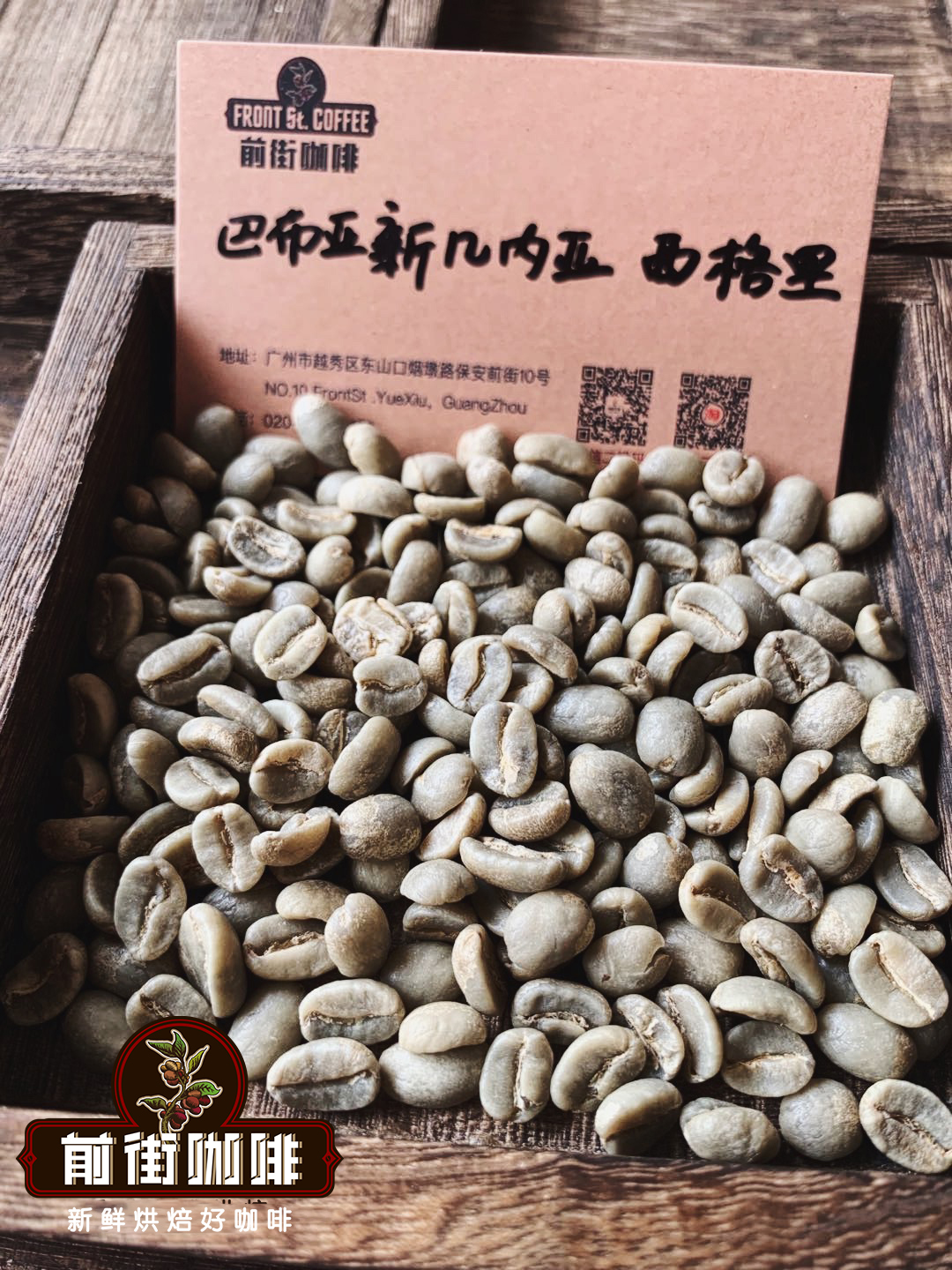
Let's take Siegley, the Paradise Bird of Papua New Guinea, on the front street as an example to try the flavor of Papua New Guinea coffee.
Sigri, the Paradise Bird of Papua New Guinea
Country: Papua New Guinea
Producing area: Sigri
Altitude: 1500m +
Variety: Arusha, tin pickup
Grade: AA
Treatment: washing treatment
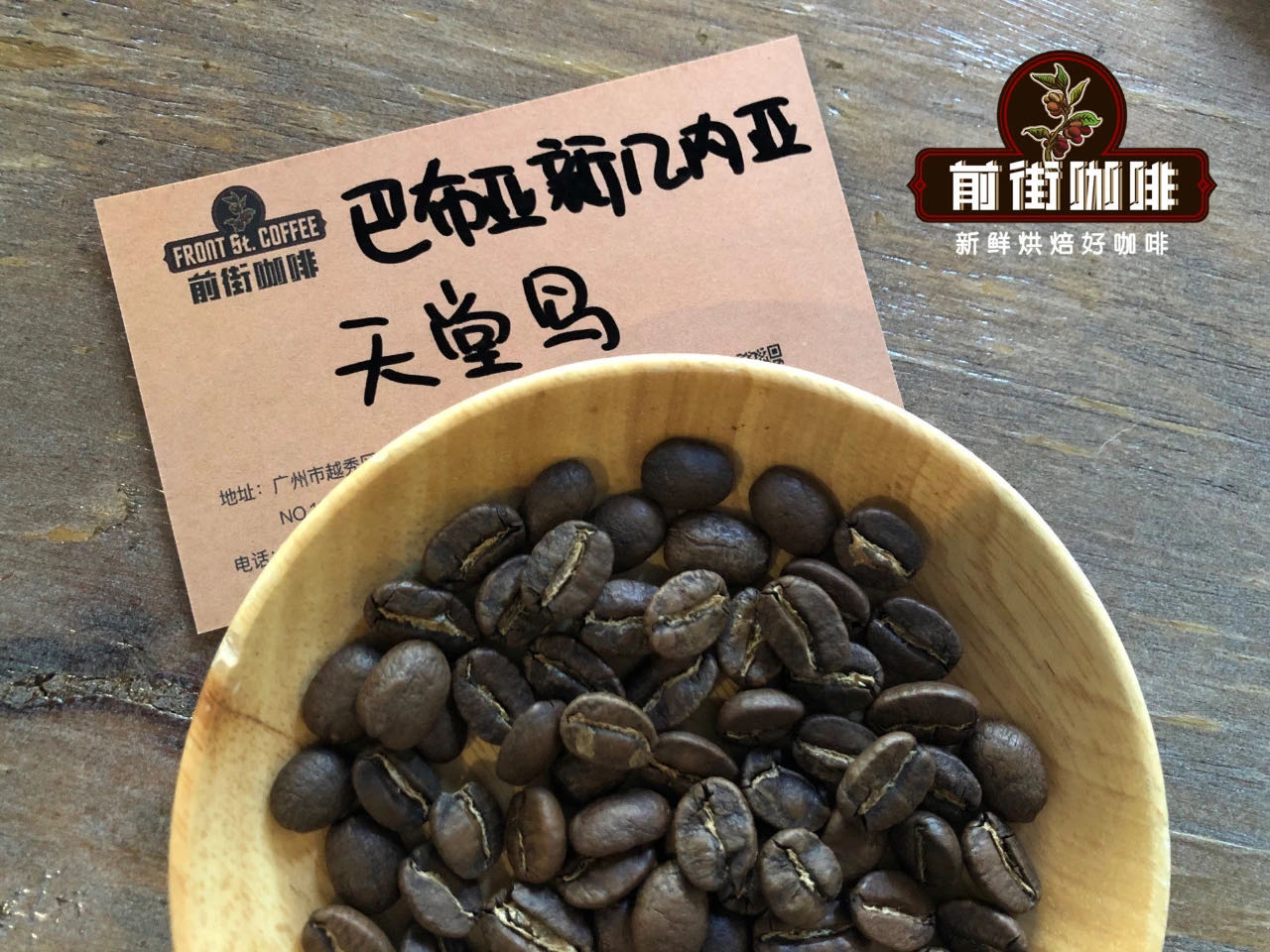
Suggestion on coffee baking in Qianjie
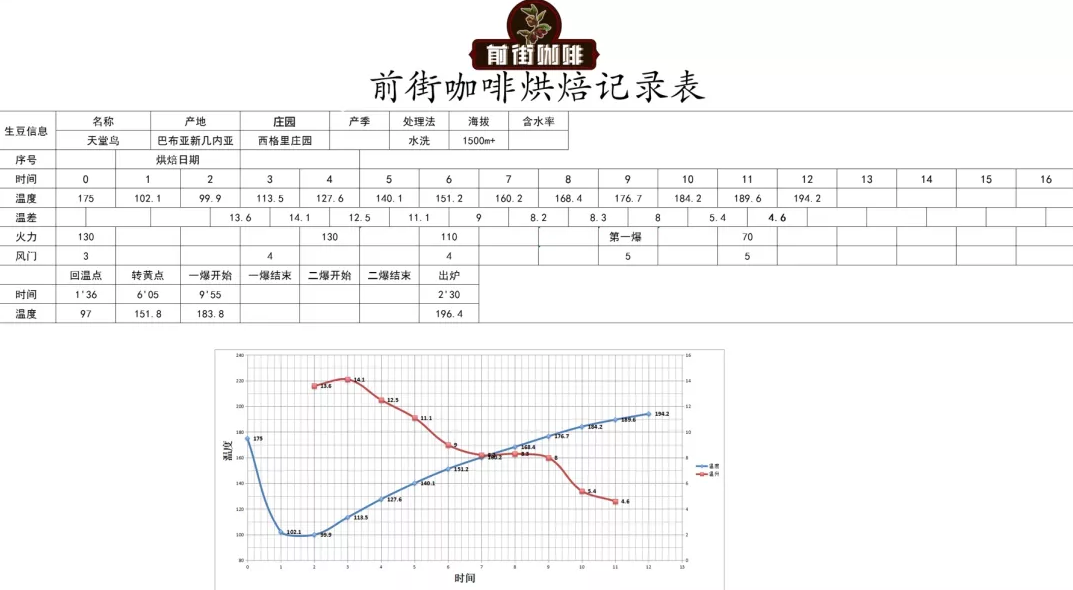
Qianjie coffee is recommended for brewing:
Qianjie coffee is made at a water temperature of 88-89 ℃, and the powder is brewed in a Kono filter cup with a ratio of 1 to 15, and the grinding degree is the size of granulated sugar.
Cooking method: 30 grams of water steaming for 30 seconds, small water slowly injected to 125 grams, when the water level is about to reveal the powder bed, continue to inject water to 225 grams to finish boiling.
Brewing flavor: the overall taste of coffee is balanced, with soft acidity of cream, nuts and chocolate.
Sigri Sigri Manor
Sigri / Paradise Bird Manor is located in the Waghi Valley in the West Highlands Province (Western Highlands), about 1500 meters above sea level, with well-drained volcanic soil. The manor was founded in 1950 and has been a pioneer in the local coffee industry for more than 60 years.
In Papua New Guinea, 95% of Papua New Guinea coffee beans come from the highlands. Sigri Plantation, located in the Wahgi Valley of the western plateau of Papua New Guinea, is about 1600-1800 m above sea level. Here, the climate is cool, the soil is fertile and the rainfall is abundant. Sigri has a wealth of experience in coffee cultivation and processing. In the 1950s, coffee beans were widely grown in Papua New Guinea, and Sigri was one of the earliest plantations. And it is famous in the world because of its unique high-quality Papua New Guinea coffee beans.
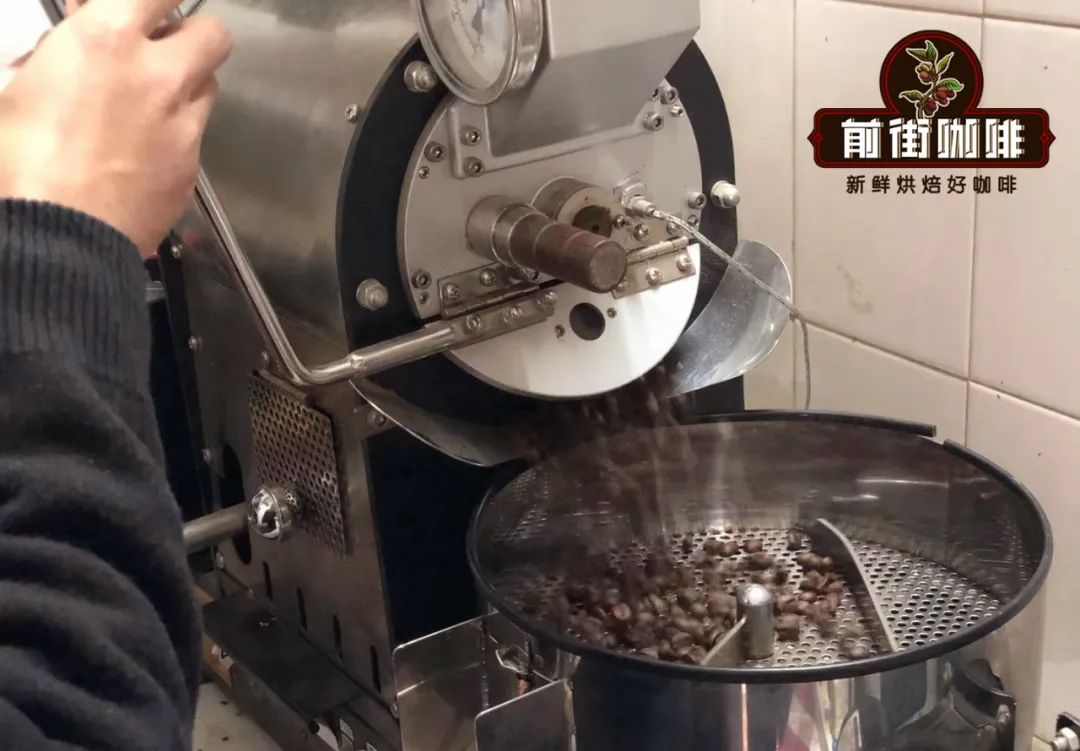
The Sigri plantation has adhered to a high standard of planting and treatment system for many years. During the harvest season from April to September each year, only fully ripe red fruits of coffee can be picked by hand, making the coffee cherries sour and sweet. At Sigri, cup tests are conducted every day to ensure that the plantation provides customers with gourmet coffee of the same quality. As a result, Sigri has become a classic of boutique coffee in the world.
At the peak of the harvest, Sigri employs about 6000 people, half of whom eat and live in the plantation's own staff house, which has free clinics and primary schools for employees' children.
The Sigri plantation also protects soil and water, rejects the use of pesticides and pesticides, and takes care of the ecology and nearby birds. According to current records, there are more than 160 different species of birds in the Wahgi Valley, including 90 species on the Sigri plantation, including the bird of paradise, the national symbol of Papua New Guinea, a veritable bird paradise.
For more boutique coffee beans, please add private Qianjie coffee on Wechat. WeChat account: kaixinguoguo0925
Important Notice :
前街咖啡 FrontStreet Coffee has moved to new addredd:
FrontStreet Coffee Address: 315,Donghua East Road,GuangZhou
Tel:020 38364473
- Prev

Papua New Guinea png Coffee flavor and taste describe how much Papua New Guinea coffee beans cost
For more information on coffee beans, please follow Coffee Workshop (Wechat official account cafe_style) Papua New Guinea is an island country in the southwest of the Pacific Ocean, bordering Indonesia to the west and Solomon Islands to the east. Miraculously, Papua New Guinea has highlands and produces the only cash crop: coffee! The most famous is
- Next
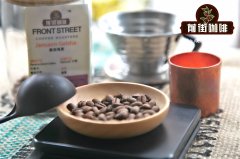
How much is the price of True Blue Mountain coffee? What is the relationship between the price and authenticity of Jamaica Blue Mountain Coffee?
Professional coffee knowledge exchange more coffee bean information please follow the coffee workshop (Wechat official account cafe_style) about Blue Mountain Coffee the Blue Mountain of Jamaica is the highest mountain in the Western Caribbean, 2256 meters above sea level, dominated by fertile volcanic soil, Rain Water is rich, temperature, sunshine are very suitable for coffee tree growth, so the quality of Blue Mountain coffee is outstanding, coupled with the yield.
Related
- Detailed explanation of Jadeite planting Land in Panamanian Jadeite Manor introduction to the grading system of Jadeite competitive bidding, Red bid, Green bid and Rose Summer
- Story of Coffee planting in Brenka region of Costa Rica Stonehenge Manor anaerobic heavy honey treatment of flavor mouth
- What's on the barrel of Blue Mountain Coffee beans?
- Can American coffee also pull flowers? How to use hot American style to pull out a good-looking pattern?
- Can you make a cold extract with coffee beans? What is the right proportion for cold-extracted coffee formula?
- Indonesian PWN Gold Mandrine Coffee Origin Features Flavor How to Chong? Mandolin coffee is American.
- A brief introduction to the flavor characteristics of Brazilian yellow bourbon coffee beans
- What is the effect of different water quality on the flavor of cold-extracted coffee? What kind of water is best for brewing coffee?
- Why do you think of Rose Summer whenever you mention Panamanian coffee?
- Introduction to the characteristics of authentic blue mountain coffee bean producing areas? What is the CIB Coffee Authority in Jamaica?

